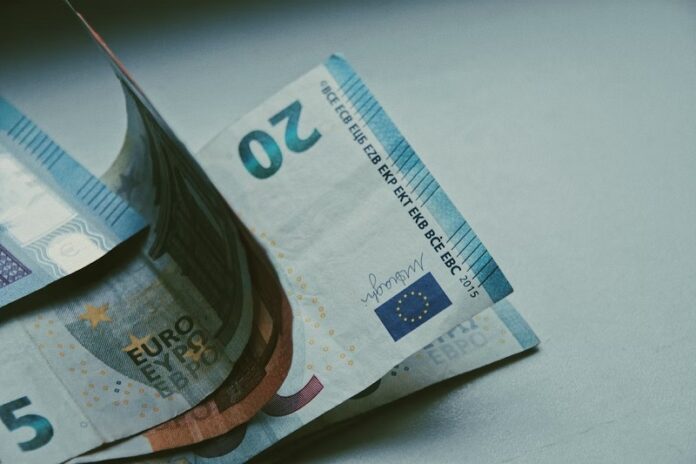The minor currency pair EUR/NZD demonstrates the value of the euro against the New Zealand dollar. This pair is known in Forex trading circles as the Euro Kiwi.
Australia and the European Union (EU) are New Zealand’s main trading partners, which explains why the EUR/NZD pair has become one of the most liquid currency pairs in the foreign exchange markets.
In this article, you will learn about the dynamics of the EUR/NZD pair and what factors affect the price of the New Zealand dollar against the euro.
History of the trading pair
The Euro Kiwi is one of the most attractive minor currency pairs in the forex markets. It combines the official currency of the EU with the New Zealand dollar, which has long been one of the most profitable commodity currencies in the world.
While the euro has solidified its position as one of the most powerful fiat currencies on the planet, the New Zealand dollar is also among the top ten most traded currencies in the foreign exchange markets. It has existed for 32 years longer than the euro and is also the currency of neighboring Niue, Tokelau and the Cook Islands, and Pitcairn.
Factors affecting the EUR/NZD exchange rate
The New Zealand dollar is one of the leading commodity currencies, which means that its value is largely determined by the success of its exports. New Zealand’s economy is heavily dependent on agriculture. Whenever there is a surge in demand for a country’s main export commodities, it can push the EUR/NZD currency pair higher.
Likewise, bad weather conditions that lead to low crop yields could cripple the country’s economy and cause the EUR/NZD currency pair to fall.
The value of the New Zealand dollar is also influenced by the success of its trade relations with long-term partners such as Australia and China.
In addition, the economic performance of these key trading partners could also have a domino effect on the New Zealand economy.
How to trade this pair?
The best strategies to consider when trading Euro Kiwi include:
- Fundamental trading. Track economic news and data with market sentiment and the weight of money.
- Pullback trading. Catch market dips when EUR/NZD falls after an uptrend – buy low and sell high.
- Range trading. Pinpoint support and resistance levels in the market and buy or sell when these levels are reached.
- Trend trading. Identify medium-term trends in a market where there is an uptrend created by a sequence of higher highs and higher lows.
Experienced market participants should better follow their own strategies as the mentioned ones suit mostly beginners.
Conclusion
While trading the Euro Kiwi can be more difficult than trading some other, especially the major currency pairs, EUR/NZD still offers a lot of profit potential based on fundamentals that can influence its volatility.
Be sure to keep an accurate calendar of data releases regarding the New Zealand economy and stay tuned for any announcements or data released by the European Central Bank (ECB).
Read Also: Get Started in Cryptocurrency Trading with Immediate Edge


































































